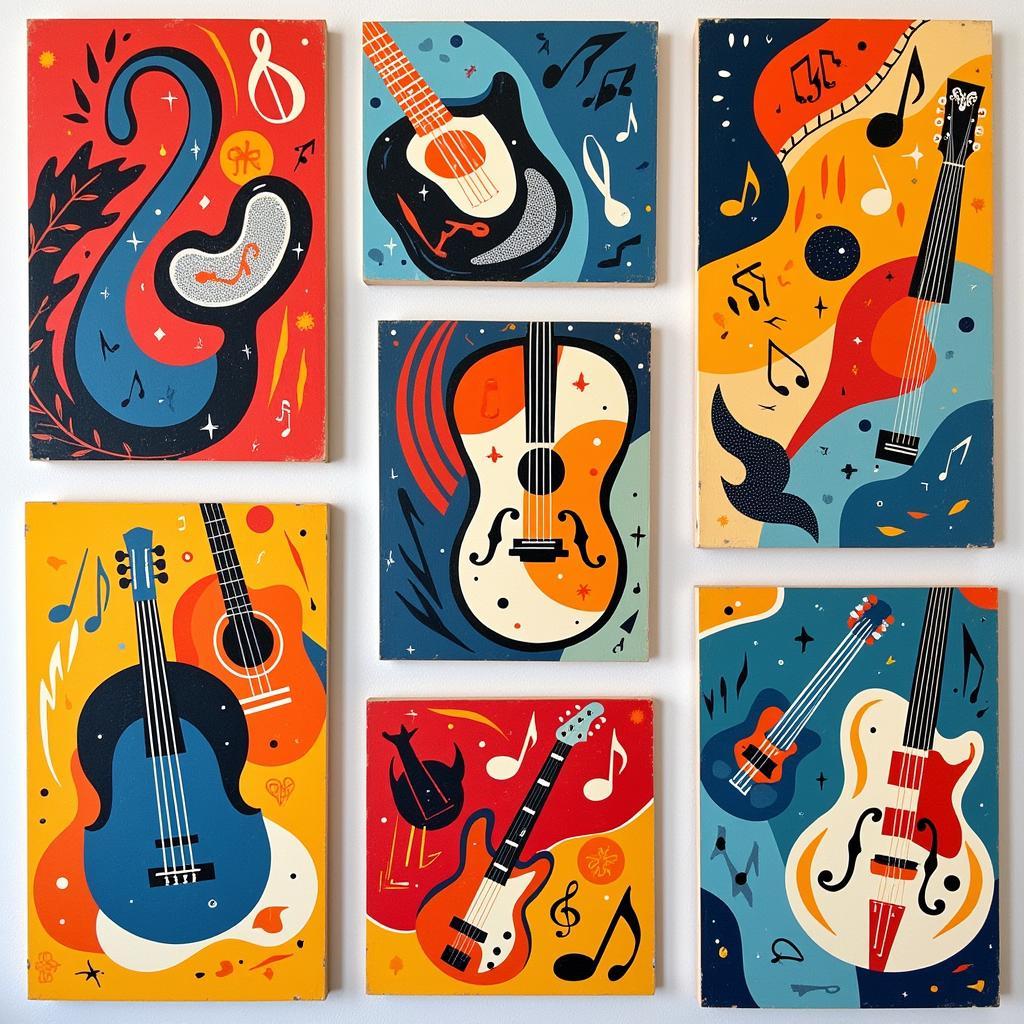Exploring the Divine Beauty of Antique Catholic Art
Antique Catholic Art, steeped in centuries of tradition and faith, offers a captivating glimpse into the spiritual and artistic heritage of the Catholic Church. From the intricate mosaics of the Byzantine era to the awe-inspiring grandeur of Renaissance masterpieces, this rich art form has left an indelible mark on the world, captivating viewers with its beauty, symbolism, and profound spiritual depth.
A Journey Through Time: Historical Context and Evolution
To truly appreciate antique Catholic art, it’s essential to understand its historical context and evolution. Emerging from the catacombs of Roman persecution, early Christian art was characterized by its simplicity and symbolic language. As Christianity gained prominence, its art began to reflect the growing influence and patronage of the Church.
The Byzantine era witnessed a flourishing of religious art, with magnificent mosaics adorning the walls of churches like the Hagia Sophia. These mosaics, crafted from shimmering tiles of colored glass, depicted biblical scenes and the visages of saints, radiating an otherworldly beauty.
The Renaissance ushered in a new era of artistic expression. Artists like Michelangelo and Raphael breathed life into biblical narratives, their paintings characterized by realism, humanism, and a masterful use of light and shadow. From the Sistine Chapel ceiling to Raphael’s “The Transfiguration,” these works continue to inspire awe and wonder.
Decoding the Sacred: Symbolism and Iconography
Antique Catholic art is replete with symbolism, a visual language that served to communicate complex theological concepts and stories to a largely illiterate populace. Each element, from the colors used to the objects depicted, held a specific meaning, enriching the artwork with layers of interpretation.
The halo, for instance, symbolized holiness and divine light, while the color red often represented the blood of Christ. Animals, too, held symbolic significance—the lamb representing Christ’s sacrifice, the dove signifying the Holy Spirit.
Understanding these symbols unlocks a deeper appreciation for the spiritual messages embedded within these works. It’s akin to deciphering an ancient code, revealing the beliefs and values that shaped the art.
The Enduring Legacy of Antique Catholic Art
The influence of antique Catholic art extends far beyond the walls of churches and museums. It has inspired generations of artists, architects, and musicians, its themes and aesthetics echoing through various artistic movements.
Even today, these masterpieces continue to captivate and inspire, their beauty transcending time and cultural boundaries. They serve as a testament to the enduring power of faith and the profound relationship between art and spirituality.
Frequently Asked Questions
What are some key characteristics of antique Catholic art?
Antique Catholic art is often characterized by its religious themes, symbolic language, and use of traditional iconography. It often depicts biblical scenes, saints, and other religious figures.
What is the significance of gold in antique Catholic art?
Gold was frequently used in antique Catholic art to represent divinity, holiness, and the heavenly realm. Its shimmering surface evoked a sense of the ethereal and otherworldly.
How did the Renaissance influence Catholic art?
The Renaissance marked a shift towards realism and humanism in art. Renaissance artists brought a new level of naturalism to religious subjects, focusing on human anatomy, emotion, and perspective.
Where can I see examples of antique Catholic art?
Many museums around the world house extensive collections of antique Catholic art. Some notable examples include the Vatican Museums in Rome, the Louvre Museum in Paris, and the Metropolitan Museum of Art in New York City.
Why is it important to study antique Catholic art today?
Studying antique Catholic art allows us to connect with the rich artistic and spiritual heritage of the past. It offers insights into the beliefs and values of previous generations and continues to inspire artists and art lovers alike.
Need help with antique Catholic art or other art inquiries? Don’t hesitate to contact us!
Phone: 02462573573
Email: [email protected]
Visit us:
Savico Megamall, 7-9 Đ. Nguyễn Văn Linh, Gia Thụy, Long Biên, Hà Nội 10000, Việt Nam.
We have a 24/7 customer service team ready to assist you.




